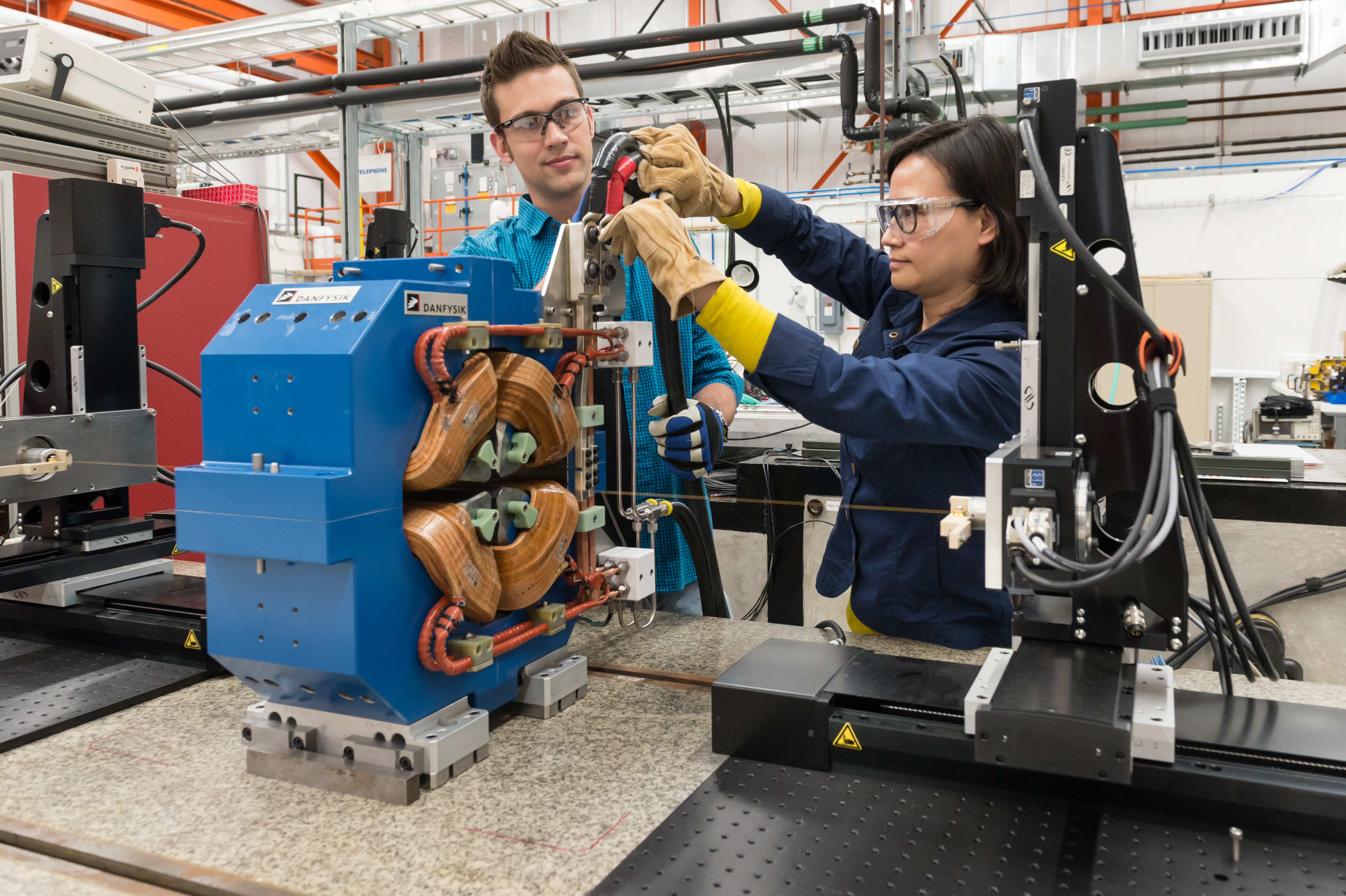|
Upgrade to Advanced Photon Source will open new frontiers in science and help solve pressing problems across industries. 
The U.S. Department of Energy (DOE) has approved the technical scope, cost estimate and plan of work for an upgrade of the Advanced Photon Source (APS), a major storage-ring X-ray source at DOE’s Argonne National Laboratory, Argonne announced on December 14, 2018. The resulting facility will allow researchers to view matter at the atomic scale, in three dimensions, opening new frontiers in discovery science, from advances in pharmaceuticals to new materials for better rechargeable batteries. The APS, a DOE Office of Science User Facility, produces extremely bright, extremely focused X-rays that can peer through dense materials and illuminate matter at the molecular level. By way of comparison, the X-rays produced at today’s APS are up to one billion times brighter than the X-rays produced in a typical dentist’s office. The APS Upgrade project (APS-U) will increase the brightness of these super-bright X-rays another 100 to 1,000 times, depending on the technique used, which will allow scientists to map any atom’s position, identity and dynamics. “The APS-U will lead to game-changing research across scientific disciplines,” said Robert Hettel, Director of the APS Upgrade project. “The scientific advances from the APS have already made life better for countless Americans and have benefited businesses with new techniques and products. The APS-U will build on this foundation and drive even greater advances.” The goal of the $815 million project is to replace the APS accelerator and develop or update X-ray beamlines and other equipment to create a much more powerful X-ray facility. The APS-U will have a new design, a “multi-bend achromat” lattice, with many more bending magnets and magnet-focusing cells than the present machine, resulting in much brighter X-ray production. “The APS is already one of the crown jewels at Argonne, and the APS Upgrade ensures that this resource will keep its important place in the national laboratory system,” said Paul Kearns, Argonne Laboratory Director. “The APS-U is a tremendous example of how cross-disciplinary teams, from Argonne and across the scientific community, come together to solve problems and drive future opportunities.” X-rays at the APS are produced by electrons that are accelerated to very high energies, moving at nearly the speed of light as they pass though magnet arrays around a 1.1-kilometer circular storage ring. X-rays are extracted from the storage ring into beamlines, which are equipped with experimental endstations. There, researchers use varying instrumentation to investigate the structure and chemistry of matter in a wide variety of systems across a broad spectrum of time and energy scales. Every year, more than 5,500 researchers from across the world conduct experiments at the APS. Studies at the APS have led to two Nobel Prizes, numerous pharmaceutical drugs (including the first drug to treat HIV), improved processes for oil extraction from shale and new insights into additive manufacturing. Scientists at the APS have also studied the composition of an ancient Egyptian mummy and the arms of SUE, the Tyrannosaurus rex specimen at The Field Museum of Chicago. The Advanced Photon Source is one of the most powerful X-ray facilities in the world, and the APS-Uwill ensure that the U.S. keeps this leadership position. New or upgraded facilities similar to the APSare being planned or are under construction in France, Brazil, China, Japan and other countries. The APS was commissioned in 1996, at Argonne’s campus, and the APS-U builds on the $1.5 billion of infrastructure that is already in place. “We’re grateful to the Department of Energy for moving this important project forward,” said Stephen Streiffer, Director of the APS and Associate Laboratory Director for Photon Sciences at Argonne. “This ambitious effort will ensure that the U.S. remains at the forefront of hard X-ray sciences for decades to come.” The approval from DOE is formally called Critical Decision 2, or CD-2, and indicates that the project has received baseline approval for its design and implementation. Another critical decision, CD-3, is needed in the future in order for the project to receive full spending authority for the baseline funding approved by CD-2. Depending on the Congressional appropriation process, removal of the old storage ring and installation of the new one could begin in 2022. This installation “dark time” and subsequent ring commissioning period will last for about one year, after which the APS-U X-ray beamlines will be brought online for researchers. |
